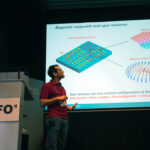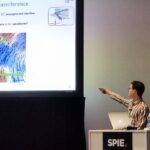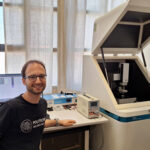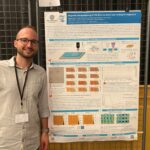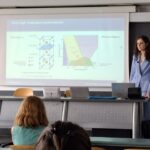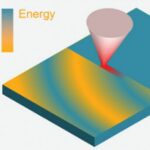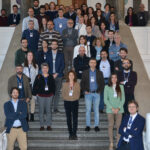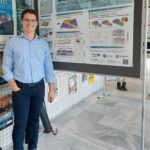Welcome
Welcome to the webpage of PhyND research group!
We are part of the Department of Physics of Politecnico di Milano, and we are located at PoliFab, the micro-nanofabrication center of PoliMi.
We develop and use advanced methodologies for tailoring the physical properties of condensed matter systems, with precision down to the nanoscopic scale.
Our research aims to realize and study new artificial nanostructured materials and devices where to harness complex phenomena and give rise to enhanced functionalities.
News & Highlights
- We are hiring!We have 2 open PostDoc positions on Nanomagnetism & Magnonics and Nanoelectronics with Quantum Materials. Click image for info.
- PhyND group @Magnet 2024!PhyND group at the Italian Magnetism Conference Magnet 2024: Nicola gave a talk on magnetocaloric materials and Valerio and Matteo presented posters… Read more: PhyND group @Magnet 2024!
- Edoardo gave an invited talk at LAW3MEdoardo gave an invited talk entitled “Tailored spin textures for three-dimensional magnonics” at the XII Latin American Workshop on Magnetism, Magnetic Materials,… Read more: Edoardo gave an invited talk at LAW3M
- Beginning of TEEPHANY and PATH PRIN projects!Great news! On September 28th, two PRIN projects, funded by the Italian Ministry started: PATH – Patterning of Antiferromagnets for THz operation TEEPHANY – ThrEE-dimensional PHotonics And Nanomagnetism via direct nanofabrication in magnetic crYstals
- Congrats Enrico on your graduation!Enrico Materassi discussed his thesis work and graduated in Engineering Physics, congrats Enrico and good luck!! 👏👏
- Edoardo gave a keynote talk at the NanoScientific Forum EuropeEdoardo gave a keynote talk entitled “Phase nanoengineering” via thermal scanning probe lithography for nanomagnetism and magnonics” at the NanoScientific Forum Europe… Read more: Edoardo gave a keynote talk at the NanoScientific Forum Europe
- Davide gave an Invited talk at SPIE!Davide Girardi gave an invited talk on three-dimensional magnonics at SPIE, San Diego. Well done!! 👏👏
- Valerio won the 2023 Park AFM Scholarship!Congrats Valerio on winning the Park AFM Scholarship for his work on magnetic nanopatterning and characterization of nanostructured magnetic domains via Magnetic Force Micrscopy, well deserved!! 👏👏
- Daniela and Valerio @ Magnonics 2023Back from Magnonics 2023. Daniela gave an invited talk on the imaging of spin waves in three-dimensions using magnetic x-ray laminography. Valerio presented a poster on phase nanoengineering of magnetic garnets for magnonic applications, and won the best poster award! Great job!!
- Congrats Irene on your graduation!Irene Biancardi defended her master thesis and graduated in Engineering Physics, super congrats Irene!! 👏👏
- New Perspective on Phase NanoengineeringWe published a Perspective article on Phase Nanoengineering, which uses highly localized heat and light 🔎🔥 to craft the physical properties of condensed matter, creating new nanomaterials and devices. The paper is out now on Advanced Materials Technologies!
- WORKSHOP Advanced micro and nano-characterization of hybrid interfacesThe 2-day workshop “Advanced micro and nano-characterization of hybrid interfaces” has just ended. Thanks to all participants, speakers and sponsors for joining and for making it such a nice success, with > 80 participants and > 30 multidisciplinary scientific talks!
- Daniela gave an invited talk at MMM2022Daniela gave an invited talk entitled “Three-dimensional Nanoscale Imaging of Propagating Spin Waves via Time-Resolved X-Ray Laminography” at The 67th Annual Conference… Read more: Daniela gave an invited talk at MMM2022
- Davide won the First Prize Best Poster Award at the EMA school of magnetism!Davide won the main prize for Best Poster at the 2022 European School of Magnetism, presenting his work on “Three-dimensional nanoscale imaging… Read more: Davide won the First Prize Best Poster Award at the EMA school of magnetism!
Research activities
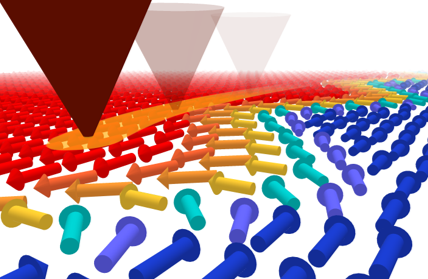
Tools for controlling physics at the nanoscale are crucial for the development of new paradigms in optics, electronics and spintronics. We develop advanced techniques based on thermal scanning probe lithography (t-SPL) and direct laser writing, for crafting the physical properties of materials via physical, structural or chemical modifications.
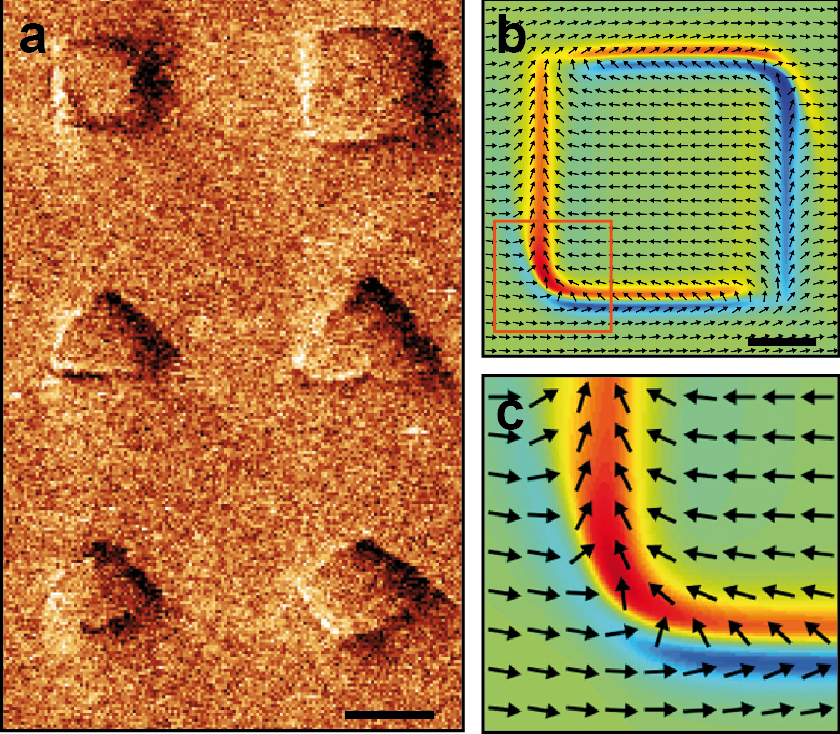
We develop and use thermally assisted magnetic nanopatterning and laser lithography, in combination with nanolithography, for patterning multidimensional spin-textures in magnetic multilayers, such as domains, domain walls and topological solitons. Then, we use such spin textures for controlling and study the emission and propagation of spin waves in magnetic thin films. We study the three-dimensional propagation of spin waves in multilayers
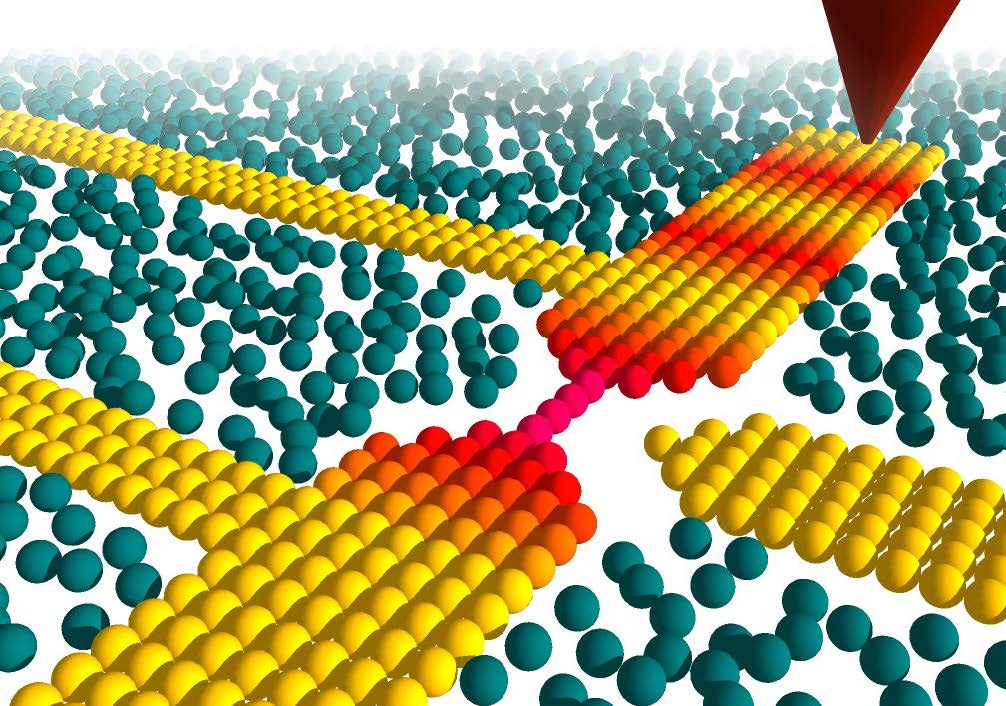
We control at the nanoscale the electronic and spin transport properties of thin-films in phase-change materials and complex oxides, and develop new artificial nanomaterials and devices with engineered electronic transport properties, arising from the proximity and coexistence of different structural and electronic phases.
Publications Highlights
Here you find a list of highlighted recent publications. Links to the full list of our publications on scientific journals, book contributions, patents and the cover page gallery.
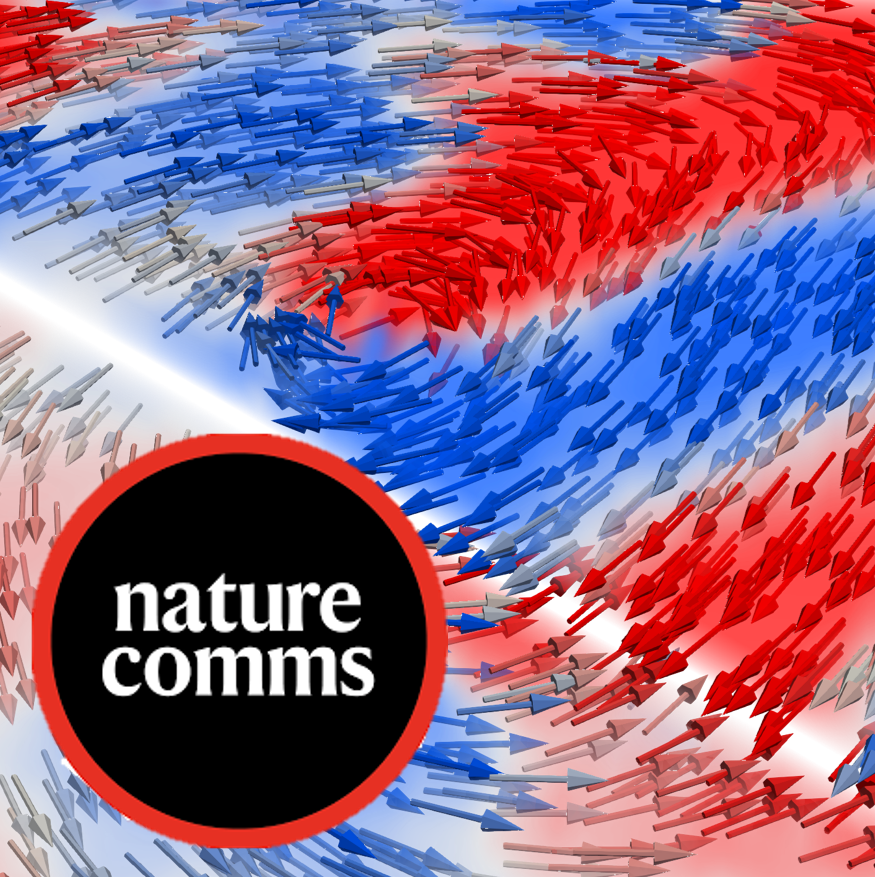
Three-dimensional spin-wave dynamics, localization and interference in a synthetic antiferromagnet
D. Girardi et al. Nature Communications (2024).
We use X-Ray Microscopy Imaging for acquiring time-resolved snapshots of the spin dynamics in a synthetic antiferromagnet, with nanoscale spatial resolution and sub-nanosecond temporal resolution. This allowedus to retrieve the full three-dimensional structure of the spin-wave modes, revealing previously inaccessible features on their anatomy, propagation and interaction within the volume of the material.

Phase Nanoengineering via Thermal Scanning Probe Lithography and Direct Laser Writing
V. Levati et al. Advanced Materials Technologies (2023).
A perspective on Phase Nanoengineering. Nanomaterials and devices are created using advanced nanofabrication techniques to directly nanostructure condensed matter systems, by inducing highly controlled, localized, and stable changes in the electronic, magnetic, or optical properties.
Experimental Observation of Flat Bands in One-Dimensional Chiral Magnonic Crystals
S. Tacchi et al. Nano Letters (2023).
We study the band diagram of a chiral magnonic crystal consisting of a ferromagnetic film incorporating a periodic Dzyaloshinskii–Moriya coupling via interfacial contact with an array of heavy-metal nanowires. We provide experimental evidence for a strong asymmetry of the spin-wave amplitude and nonreciprocal propagation.

Thermal scanning probe lithography
E. Albisetti et al. Nature Reviews Methods Primers 2, 32 (2022).
We describe the working principles of Thermal scanning probe lithography (tSPL) and highlight the characteristics that make it a powerful tool to locally and directly modify material properties. We cover the applications of tSPL in biomedicine, nanomagnetism and nanoelectronics, and give an outlook on future developments.

Review on magnonics with engineered spin textures
D. Petti et al. Journal of Physics D: Applied Physics, 55, 293003 (2022).
Spin textures, such as non-uniform domain arrangements, domain walls and skyrmions are naturally occurring structures in magnetic materials. In this review, we focus on the recent developments on the control and stabilization of engineered spin textures, and their applications in the field of magnonics.

The 2021 Magnonics Roadmap
A. Barman et al. Journal of Physics: Condensed Matter, 33, 413001 (2021).
Magnonics is a budding research field in nanomagnetism and nanoscience that addresses the use of spin waves (magnons) to transmit, store, and process information. This is a collection of 22 sections written by leading experts in this field who review and discuss the current status besides presenting their vision of future perspectives.

Optically Inspired Nanomagnonics with Nonreciprocal Spin Waves in Synthetic Antiferromagnets
E. Albisetti et al. Advanced Materials, 32, 1906439 (2020).
An optically inspired platform using spin waves is realized, demonstrating the wavefront engineering, focusing, and robust interference of spin waves with nanoscale wavelength. Magnonic nanoantennas based on spin textures are used for launching spatially shaped coherent wavefronts, and generating robust multi-beam interference patterns.

Spatial defects nanoengineering for bipolar conductivity in MoS2
X. Zheng et al. Nature Communications, 11, 1–12 (2020).
We demonstrate the integration of thermochemical scanning probe lithography (tc-SPL) with a flow-through reactive gas cell to achieve nanoscale control of defects in monolayer MoS2. The tc-SPL produced defects can present either p- or n-type doping on demand, allowing the realization of field effect transistors, and p-n junctions

Direct metal contacts on MoS2 with vanishing Schottky barrier via thermal nanolithography
X. Zheng et al. Nature Electronics, 2, 17–25 (2019).
We show that thermal scanning probe lithography can be used to pattern metal electrodes with high reproducibility, sub-10-nm resolution, and high throughput (105 μm2 h−1 per single probe). We pattern metal electrodes in contact with monolayer MoS2 realizing high-quality top-gate and back-gate field-effect transistors.

Nanoscale spin-wave circuits based on engineered reconfigurable spin-textures
E. Albisetti et al. Communications Physics, 1, 56 (2018).
We realize a nanoscale reconfigurable spin-wave circuitry by using patterned spin textures. We directly visualize the channeling and steering of propagating spin waves in arbitrarily shaped nanomagnonic waveguides and we demonstrate a prototypic circuit allowing for the tunable interference of confined spin-waves modes.

Stabilization and control of topological magnetic solitons via magnetic nanopatterning of exchange bias systems
E. Albisetti et al. Applied Physics Letters 113,162401 (2018).
We show the non-volatile creation of vortex-antivortex pairs in an exchange bias bilayer by tailoring vectorially the unidirectional anisotropy at the nanoscale, via thermally assisted magnetic scanning probe lithography. We demonstrate the stabilization of cross and circular Bloch lines within patterned Néel magnetic domain walls.

Nanopatterning reconfigurable magnetic landscapes via thermally assisted scanning probe lithography
E. Albisetti et al. Nature Nanotechnology, 11 (6), 545–551 (2016).
We create reconfigurable magnetic nanopatterns by crafting, at the nanoscale, the magnetic anisotropy landscape of an exchange-biased ferromagnetic film. By scanning the hot tip of a scanning probe microscope, spin textures are directly and reversibly patterned, and used for controlling the excitation and propagation of spin waves.

Thermochemical scanning probe lithography of protein gradients at the nanoscale
E. Albisetti et al. Nanotechnology, 27, 315302 (2016).
We demonstrate the use of thermochemical scanning probe lithography (tc-SPL) for defining micro- and nano-sized patterns with precisely controlled protein concentration. First, tc-SPL is performed by scanning a hot atomic force microscopy tip on a polymeric substrate, then the substrate is functionalized with streptavidin and laminin proteins.
Projects & Funding
Our research received funding from the following agencies and programmes. Our laboratories receive funding by the European Research Council through ERC Stg Grant number 948225, Project B3YOND. Take a look to our active and past projects.
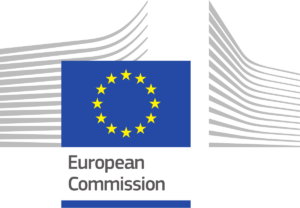
H2020 Programme
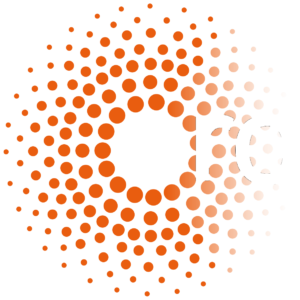
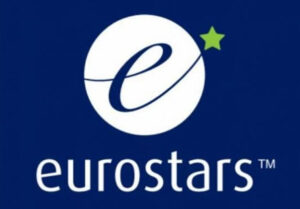
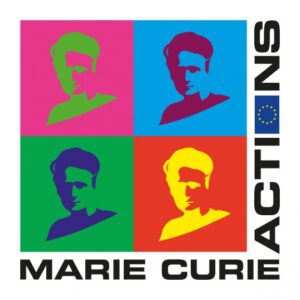


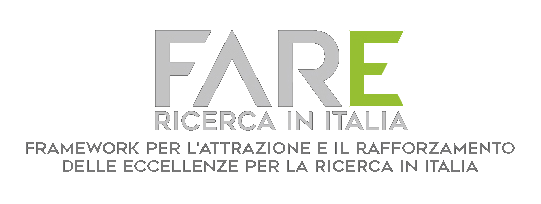
Programme
